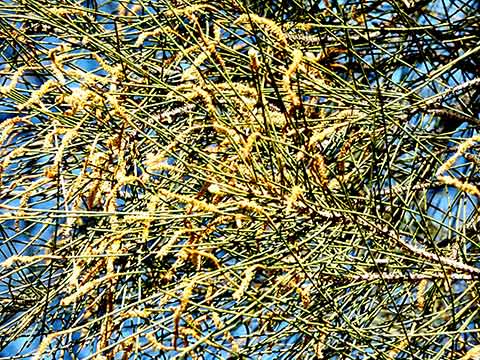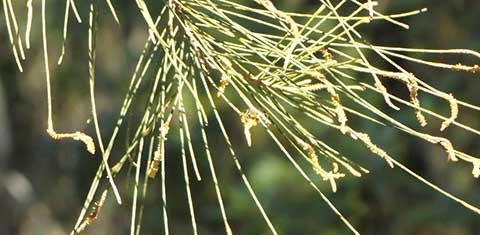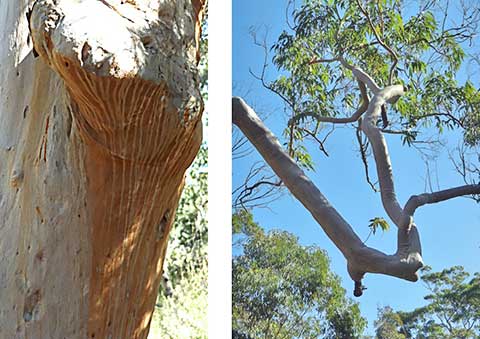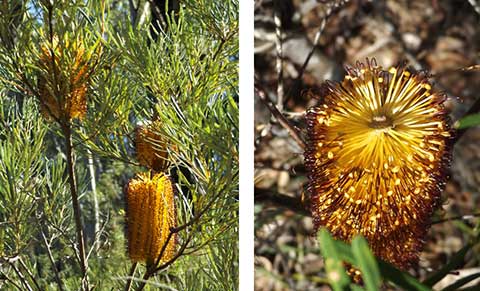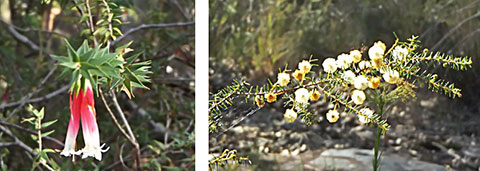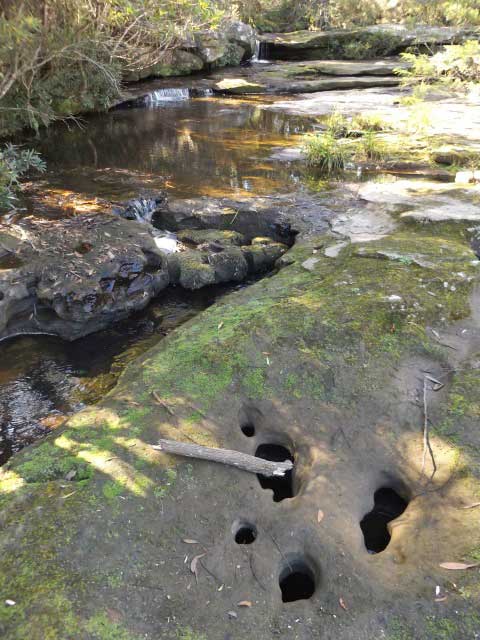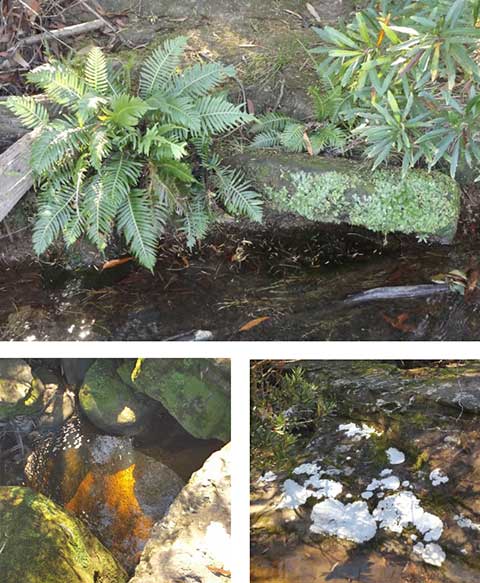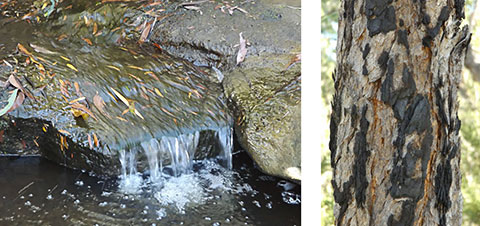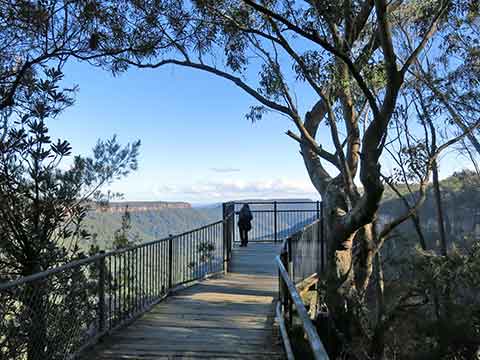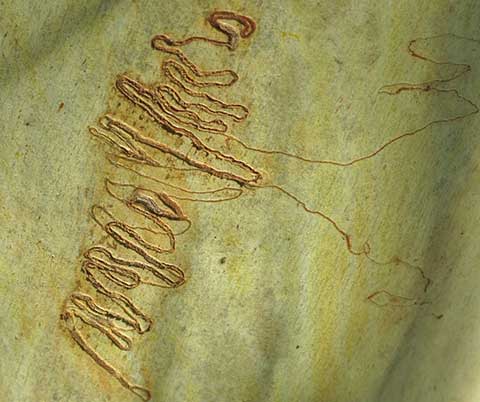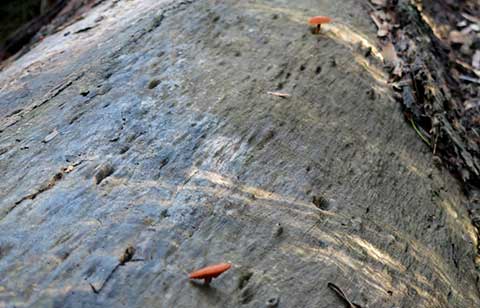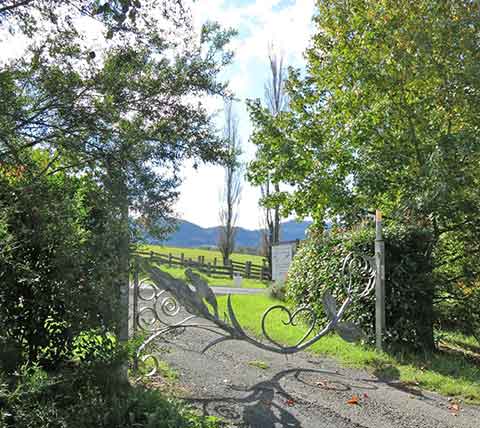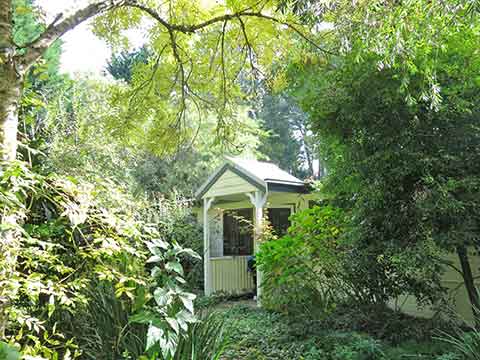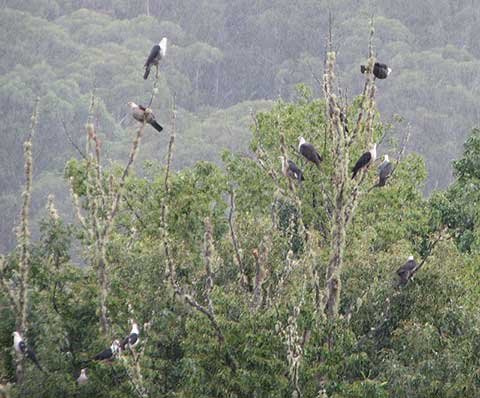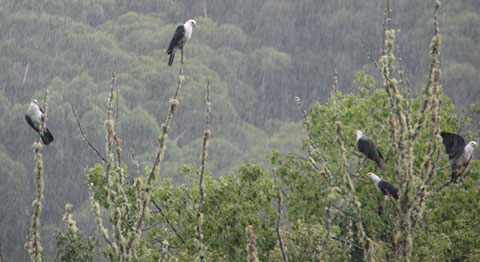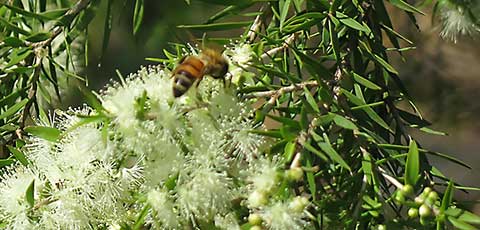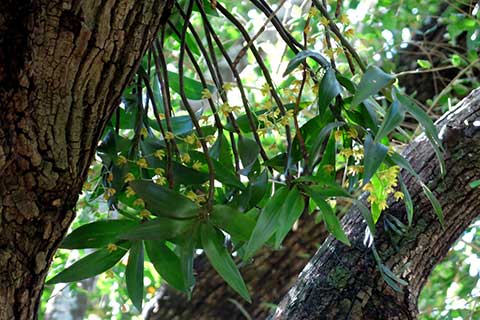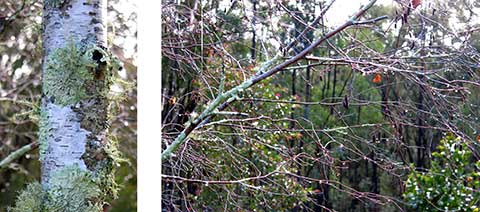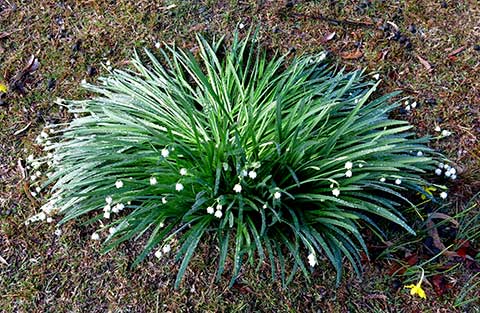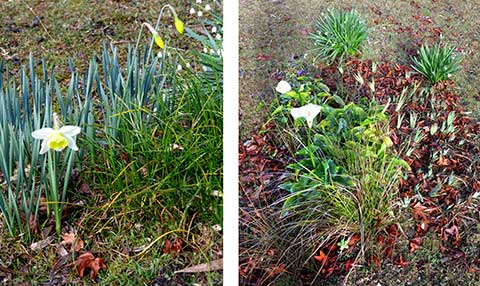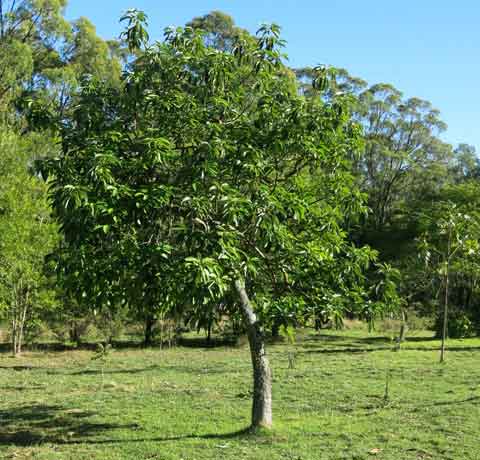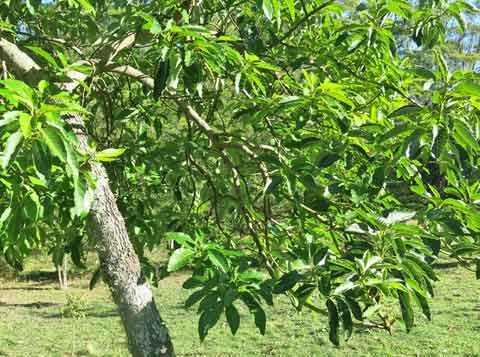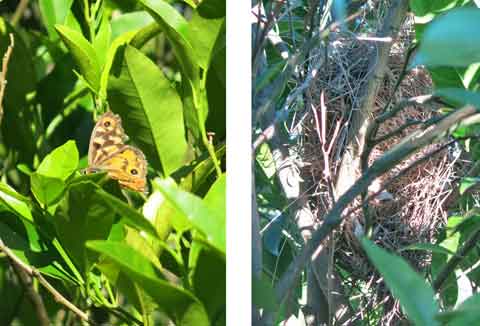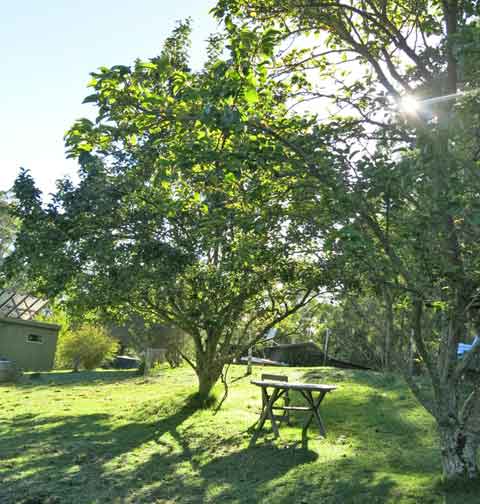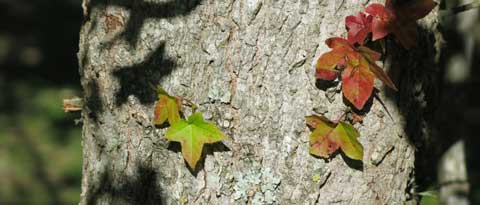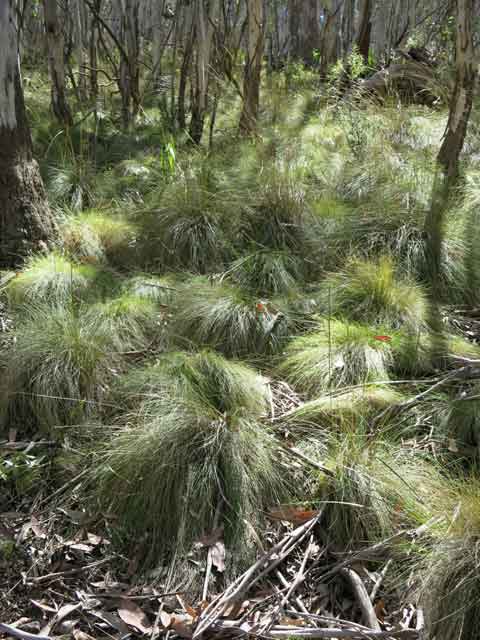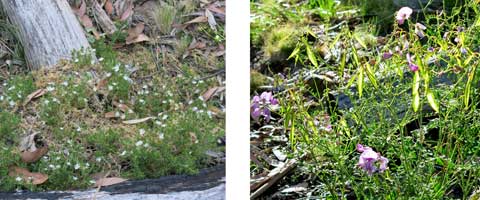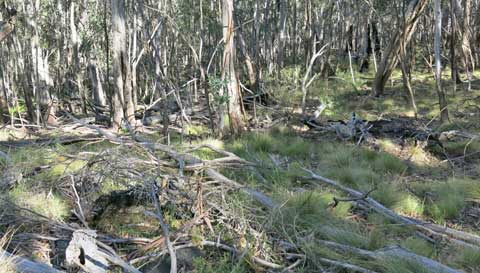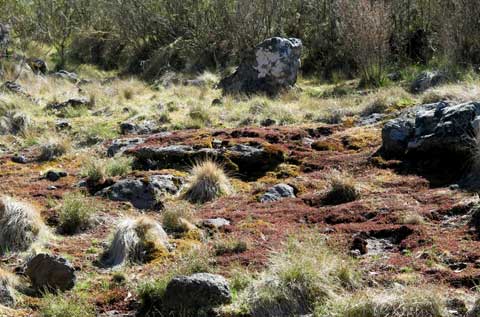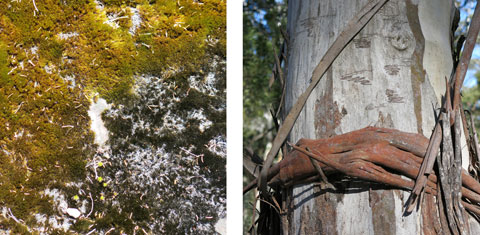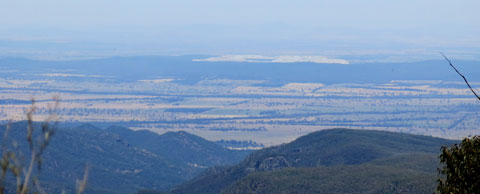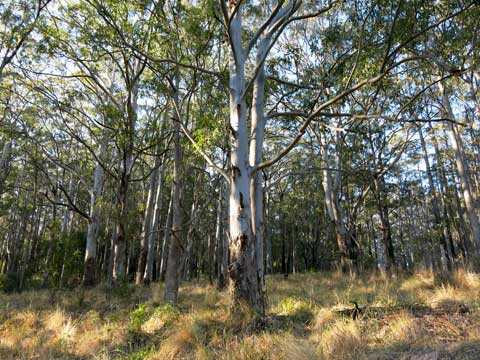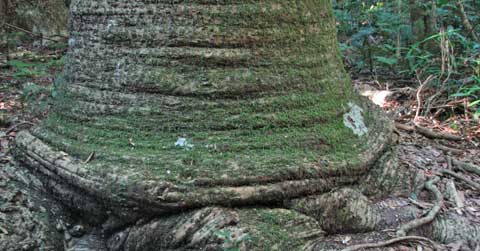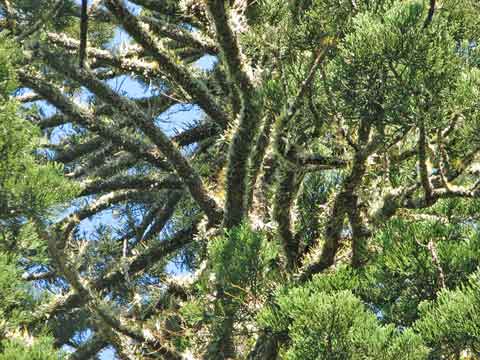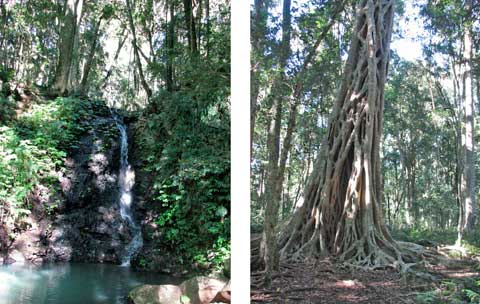When you move to a new area, life is busy setting up your own place and you only take time off for regional sightseeing when you have visitors.
Tapin Tops National Park near Wingham is one regional sight I’ve been meaning … and meaning…to see. Last week I did.
It’s high, with the access a well-maintained but steep and winding road up — and down — and up again.
As there are 20 dfferent forest types mapped for this Park, it’s a varied experience.
From the Dingo Tops Rest area there are several walks; the Red Cedar Walk was the standout for me.
It’s steep too, a plunge into a world of vibrant green and tall trees, soaring gums and rainforest trees festooned with ferns and orchids, moss and lichens.
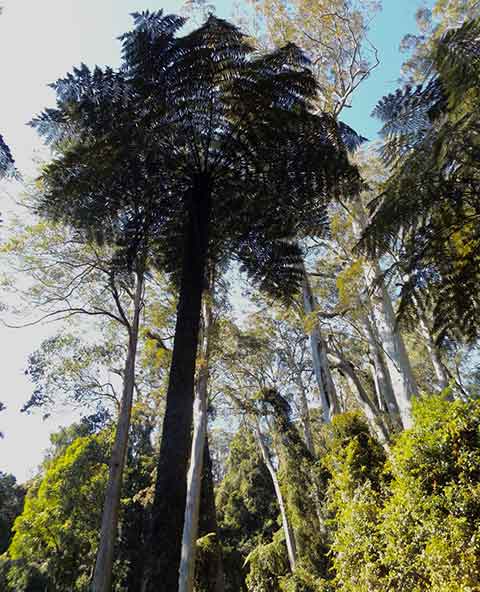
The spectacular patterns of really tall tree ferns rose above us, silhouetted against dense vine-clad slopes.
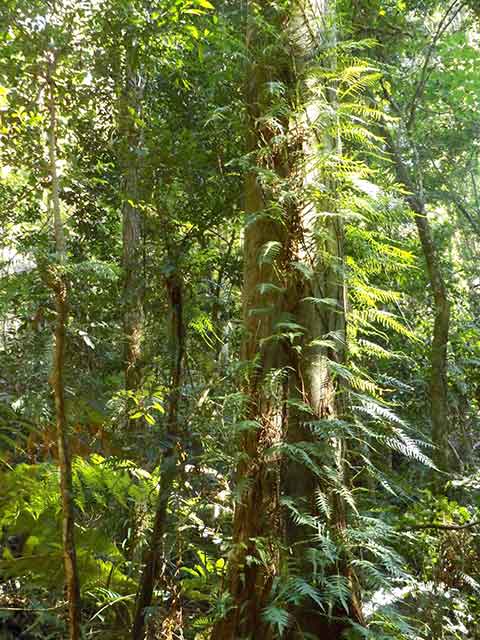
You have to watch your step as it’s all steep, but stopping for the knees to take a break is also good to take in the closer views of the intense green life here, like this delicate ferny vine winding its way skywards.
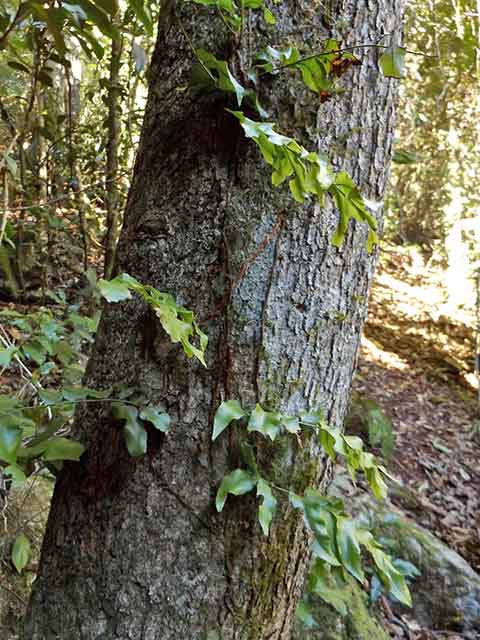
Or strange ferns that appeared to be growing from the bark of their host tree but turned out to be also vines.
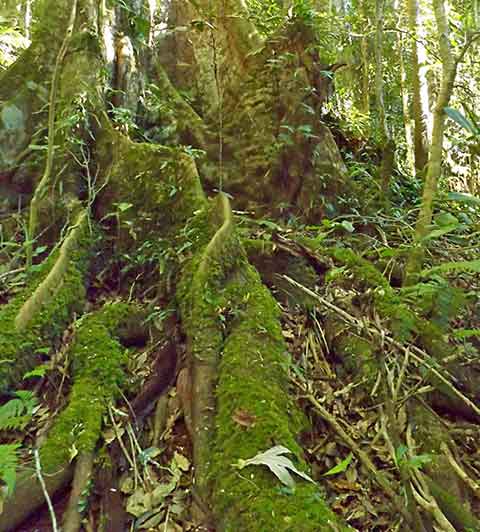
While the trees were stunning, the ground level life of the sinuous buttressed roots and their mossy decorations were my favourites.
This green intensity was even more evident on the creekside (and wet-feet-through-the-creek) walk from the Potoroo Picnic area. We didn’t make it to the actual Potoroo Falls as a tangle of fallen trees blocked the way.

This was a walk for close contact and surprising details, like this huge fallen tree, totally covered in thick dew-beaded mosses.
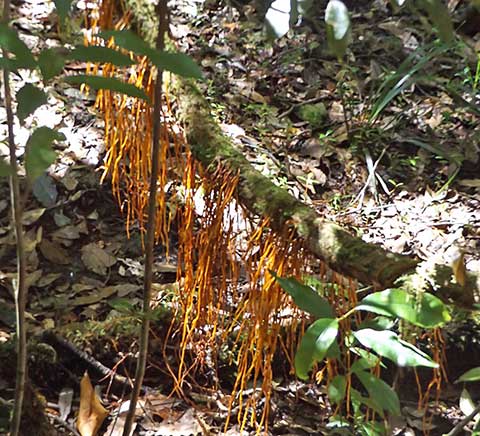
Or this vine, curving and curling above and around the path, with bright orange hopeful roots reaching for the ground.
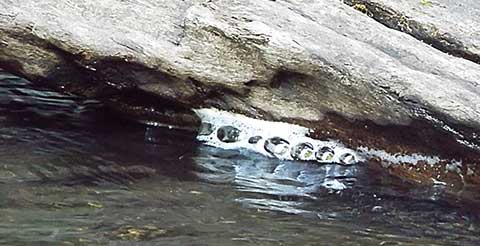
Little Run Creek itself is small and pretty and gurgly, inviting a prolonged sit and listen. While doing that I spotted this row of ball bearings, seemingly permanently fixed at the base of the rock; on closer inspection they turned into a chain of bubbles stuck in position for all the time I watched.
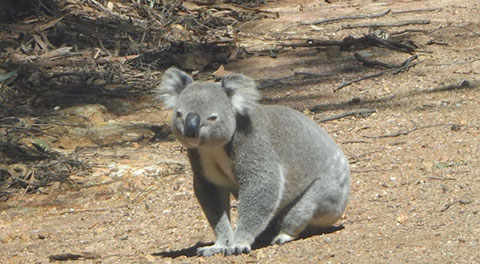
I’d been hoping to see a lyrebird or hear a dingo while up there, but that lack was more than compensated for by meeting a koala ambling across the road on the way out.
